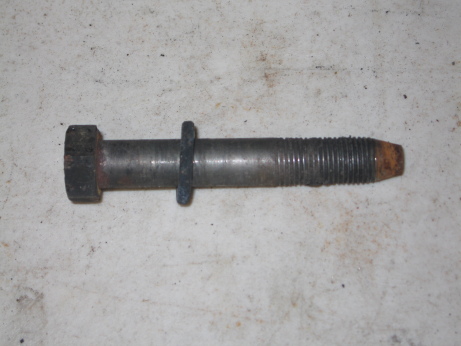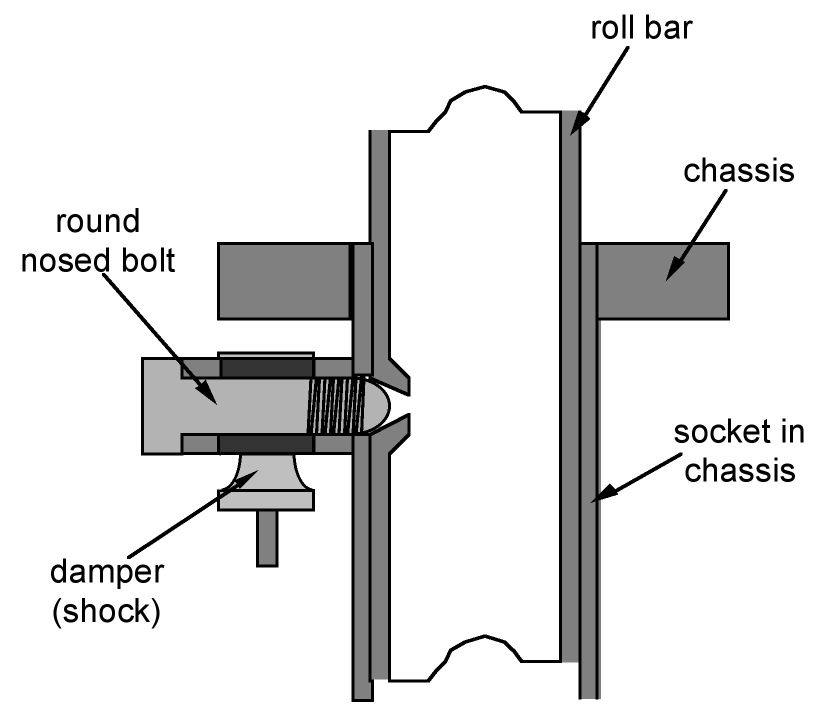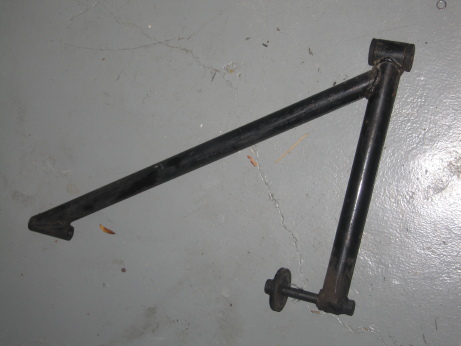| << Chapter < Page | Chapter >> Page > |

[link] - [link] show various views of the rolling chassis after removal of the body and ancillary components. The wheels and tires in these pictures are from a Type 61 Formula Ford (to allow movement of the chassis) since the original tires had ruptured during the fire.



With the car on jack stands, the original Brand Lotus wheels ( [link] ) were removed. Several of the tires had burst as a result of fire damage, and all of the road wheels showed smoke damage ( [link] ). No physical damage appears to have occurred as a consequence of the fire; however, one of the wheels shows some indication of damage due to curbing. As a consequence of being mounted at the back of the car and hence the furthest from the fire, the spare wheel showed only limited damage other than that expected for a wheel of its age ( [link] ). Each wheel will have to be cleaned and repainted or powder coated. No hubs had survived.



In typical Lotus fashion several of the rear suspension pieces are designed to perform multiple tasks. For example, the bolt that attaches the top of the rear shock absorbers (dampers) to the chassis also holds the roll bar in. The tapered end of each bolt ( [link] ) fits in a hole in the sidewall of the roll bar ( [link] ). Once the car is on jack stands and the rear axle has been allowed to rest on the chassis (i.e., full droop), these bolts may be removed part way to facilitate removal of the roll bar.


Undoing the drive shaft at the differential allows it to be slid out of the gearbox; however, caution should be taken as this also allows the rear axle to tilt. It is a good idea to support the axle with a jack while all the rest of the suspension is removed. Care should also be taken when removing the upper radius arms ( [link] ), since this frees the entire rear suspension from the rear of the chassis.

Once the lower radius arms and the axle locating link ( [link] ) are removed the bolts to the shocks are removed from the axle allowing it to be removed from the chassis. With the axle removed, the shock/spring combination was coerced from the chassis with a rubber mallet. Although the rear shocks and springs ( [link] ) did not show as significant fire damage as those at the front, the springs in particular had appeared to sag, and so they are all to be replaced along with all the bushings.



Notification Switch
Would you like to follow the 'Lotus seven s4 (type 60): design, restoration, and maintenance' conversation and receive update notifications?